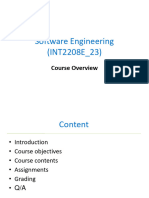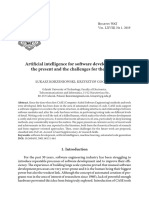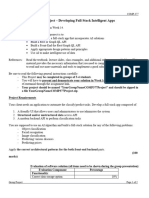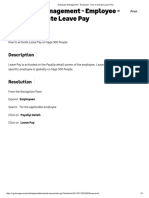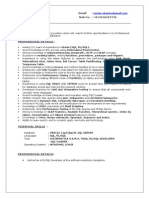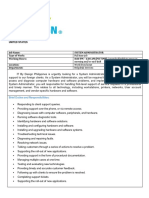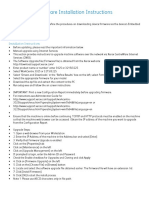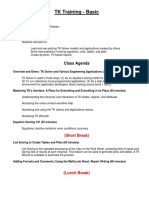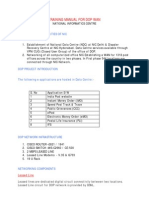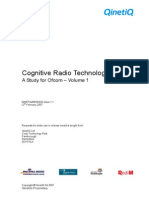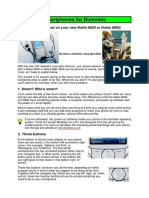0% found this document useful (0 votes)
52 views4 pagesAI Based Project Structure
The document outlines a proposed structure for a project integrating software development with an AI model, detailing sections such as introduction, requirements analysis, system overview, software design, AI model design, implementation details, results and evaluation, challenges, future work, conclusion, references, and appendices. Each section includes specific topics to address, such as functional and non-functional requirements, system architecture, AI model training and evaluation, and deployment strategies. The structure aims to ensure clarity and connection between the software and AI components throughout the project report.
Uploaded by
Killjoy GradeviCopyright
© © All Rights Reserved
We take content rights seriously. If you suspect this is your content, claim it here.
Available Formats
Download as PDF, TXT or read online on Scribd
0% found this document useful (0 votes)
52 views4 pagesAI Based Project Structure
The document outlines a proposed structure for a project integrating software development with an AI model, detailing sections such as introduction, requirements analysis, system overview, software design, AI model design, implementation details, results and evaluation, challenges, future work, conclusion, references, and appendices. Each section includes specific topics to address, such as functional and non-functional requirements, system architecture, AI model training and evaluation, and deployment strategies. The structure aims to ensure clarity and connection between the software and AI components throughout the project report.
Uploaded by
Killjoy GradeviCopyright
© © All Rights Reserved
We take content rights seriously. If you suspect this is your content, claim it here.
Available Formats
Download as PDF, TXT or read online on Scribd
/ 4























